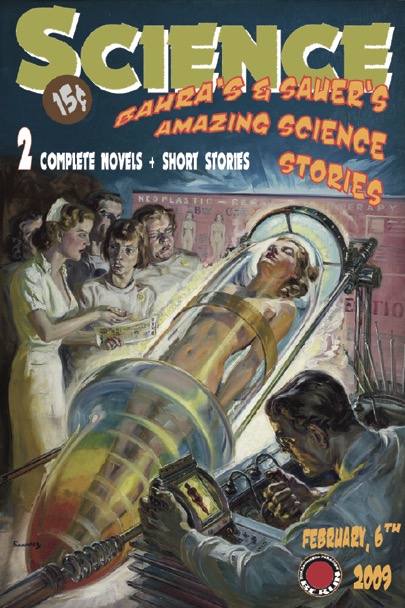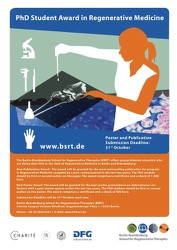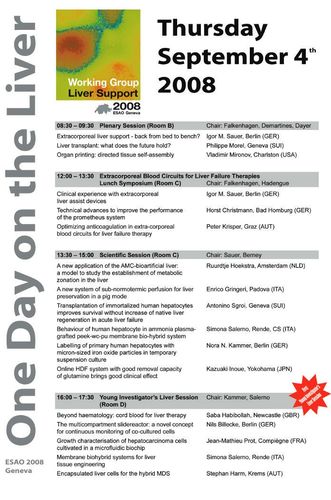Nathanel Raschzok's and Haluk Morgül's manuscript entitled "Imaging of Primary Human Hepatocytes Using Micron-Sized Iron Oxide Particles and Clinical Magnetic Resonance Tomography" has been accepted for publication in the Journal of Cellular and Molecular Medicine (impact factor: 6,55). Authors are Nathanael Raschzok, Mehmet H. Morgul, Jens Pinkernelle, Florian W.R. Vondran, Nils Billecke, Nora N. Kammer, Gesine Pless, Michaela K. Adonopoulou, Christian Leist, Lars Stelter, Ulf Teichgraber, Ruth Schwartlander and Igor M. Sauer. Nathanael Raschzok and Mehmet Haluk Morgul contributed equally to this work. The contribution of Ruth Schwartländer has to be emphasised as well. Transplantation of primary human hepatocytes is a promising approach in certain liver diseases. For visualisation of hepatocytes during and following cell application and the ability of a timely response to potential complications, a non-invasive modality for imaging of the transplanted cells has to be established. The aim of this study was to label primary human hepatocytes with micron-sized iron oxide particles (MPIOs), enabling the detection of cells by clinical magnetic resonance imaging (MRI). Primary human hepatocytes isolated from 13 different donors were used for labelling experiments. Following dose finding studies, hepatocytes were incubated with 30 particles/cell for 4 hours in adhesion culture. Particle incorporation was investigated via light, fluorescence and electron microscopy and labelled cells were fixed and analysed in an agarose suspension by a 3.0 Tesla MR scanner. Hepatocytes were enzymatically resuspended and analysed during a five-day reculture period for viability, total protein, enzyme leakage (AST, LDH) and metabolic activity (urea, albumin). A mean uptake of 18 particles/cell could be observed, and primary human hepatocytes were clearly detectable by MR instrumentation. The particle load was not affected by resuspension and showed no alternations during the culture period. Compared to control groups, labelling and resuspension had no adverse effects on viability, enzyme leakage and metabolic activity of human hepatocytes. Conclusion: The feasibility of preparing MPIO-labelled primary human hepatocytes detectable by clinical MR equipment was shown in vitro. MPIO-labelled cells could serve for basic research and quality control in the clinical setting of human hepatocyte transplantation.






